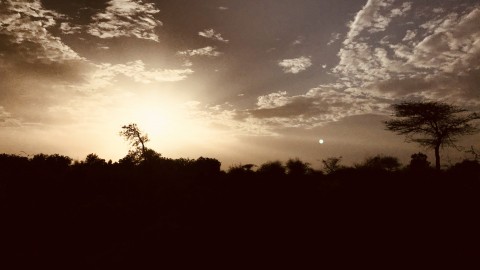Knowledge, Information and Experience
What is the movement of a watch?
There are three types of movement:
1. Quartz – the movement causes the second hand to move in individual ticks. Powered by a battery.
In 1969, Seiko, the Japanese watchmakers introduced the quartz movement. The launch of this new technology challenged the traditional timepiece houses who relied on mechanical movement to power their watches.
In response, most of the established watch companies released their own versions of quartz timepieces, kick-starting an era of battery-operated wristwatches.
2. Mechanical – the movement will cause the second hand to move in a smooth sweeping motion. The watch requires manual winding to operate.
The passage of time on a mechanical movement watch is measured by a spring-driven mechanism. The spring (also called a mainspring), needs to be wound periodically.
Mechanical or manual timepieces perform virtually the same function as those powered by quartz movement. Apart from the lack of a batter, closer inspection reveals something extra – an added emotion that has caught the fancy of many a horologist. A mechanical world of complex spiraling springs and moving gears that fuel the movement of the watch hands with elegant accuracy.
3. Automatic – kinetic energy from the wearer’s wrist is transferred automatically to drive the mechanism inside the watch.
Often referred to as self-winding, an automatic watch is a mechanical watch that harnesses kinetic energy from the natural motion of the wearer’s wrist. The mainspring is automatically wound from the natural movements of the wearer’s wrist. Manual winding is not required.
History:
The history of watches began in 16th century Europe, where watches evolved from portable spring-driven clocks, which first appeared in the 15th century. The watch which developed from the 16th century to the mid 20th century was a mechanical device, powered by winding a mainspring which turned gears and then moved the hands, and kept time with a rotating balance wheel. The invention of the quartz watch in the 1960s, which ran on electricity and kept time with a vibrating quartz crystal, proved a radical departure for the industry. During the 1980s quartz watches took over the market from mechanical watches, an event referred to as the “quartz crisis”. Although mechanical watches still sell at the high end of the market, the vast majority of watches now have quartz movements.
One account of the origin of the word “watch” is that it came from the Old English word woecce which meant “watchman”, because it was used by town watchmen to keep track of their shifts. Another says that the term came from 17th century sailors, who used the new mechanisms to time the length of their shipboard watches (duty shifts).
Tags: Be Patience










